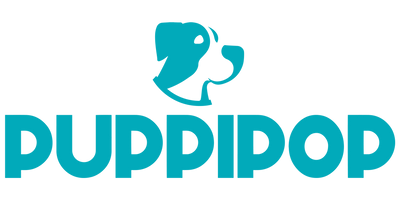Short-haired dogs are often praised for being low-maintenance pets, requiring minimal grooming compared to their long-haired counterparts. However, maintaining a healthy and clean coat is crucial for their overall well-being and appearance. This comprehensive guide will delve into the essential steps involved in grooming a short-haired dog, ensuring you have all the knowledge and techniques necessary to keep your furry friend looking and feeling their best.
Types of Short-Haired Dogs
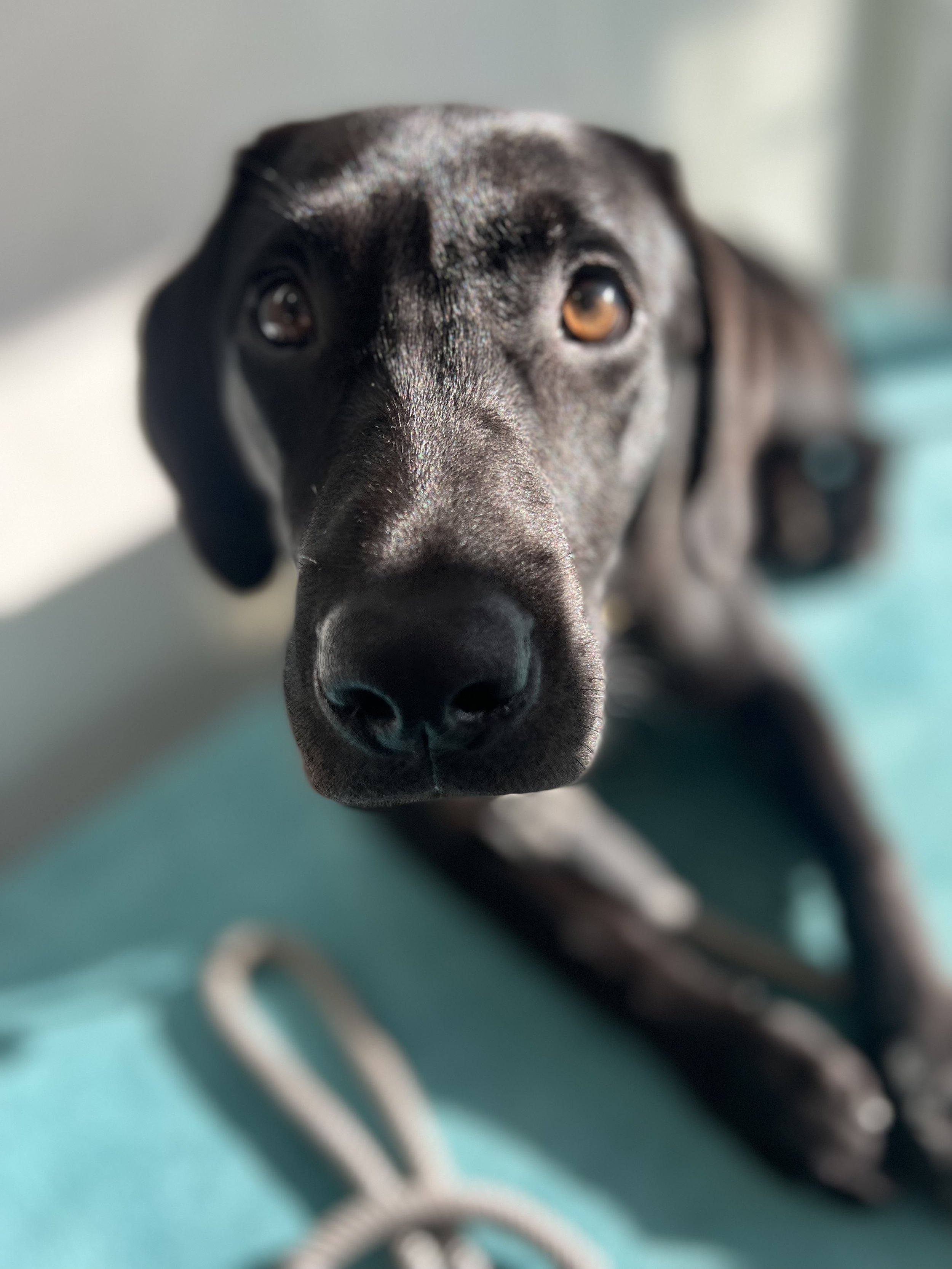
Short-haired dogs come in a variety of breeds, each with its own unique grooming needs. Some of the most common short-haired dog breeds include:
- Labrador Retrievers
- Beagles
- Greyhounds
- Doberman Pinschers
- Whippets
- Pit Bulls
- Weimaraners
- Boxers
- Pointers
- Vizslas
Understanding Coat Types
Short-haired dogs can have different coat types, ranging from smooth and sleek to slightly coarser. The type of coat can affect the grooming routine and the tools required. It's important to understand your dog's coat type to ensure you use the appropriate grooming methods.
Identifying Skin Conditions
Short-haired dogs may be prone to various skin conditions, such as allergies, hot spots, or skin infections. Being able to recognize these issues during grooming can help you address them promptly and prevent them from worsening.
Recognizing Grooming Needs Based on Activity Level
The grooming needs of short-haired dogs can also vary depending on their activity level. Dogs that spend more time outdoors or engage in high-intensity activities may require more frequent grooming to remove dirt, debris, and excess hair.
Tools You'll Need
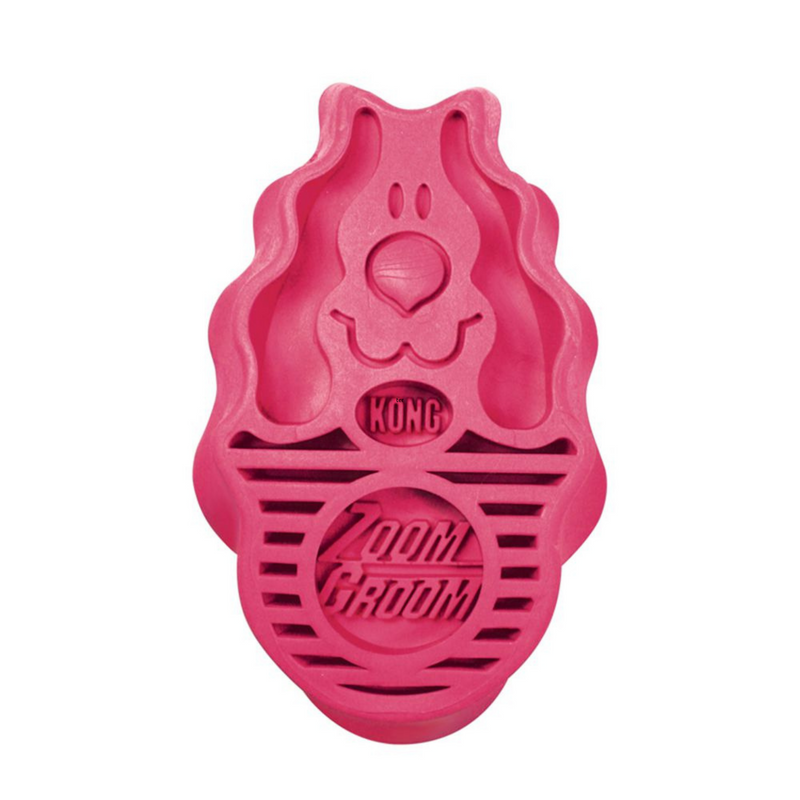
Before you start grooming your short-haired dog, gather the necessary tools:
| Tool | Purpose |
|---|---|
| Brush | A soft-bristled brush designed specifically for short-haired dogs |
| Comb | A metal comb with fine teeth to help remove tangles and distribute coat oils |
| Nail Clippers | To trim your dog's nails |
| Ear Cleaner | To clean your dog's ears and prevent infections |
| Deshedding Tool | To remove excess undercoat and reduce shedding |
| Deshedding Shampoo | To help manage shedding and keep the coat healthy |
| Bathing Supplies | A dog-safe shampoo, towels, and a nonslip mat for the bathtub |
Choosing the Right Brush
When selecting a brush for your short-haired dog, look for one with soft, flexible bristles that won't irritate the skin. Avoid brushes with stiff, wire-like bristles, as they can be too harsh on the coat.
Maintaining Grooming Tools
Keep your grooming tools clean and well-maintained to ensure they remain effective and comfortable for your dog. Regularly clean and disinfect brushes and combs to prevent the spread of bacteria or parasites.
Investing in Quality Supplies
Investing in high-quality grooming supplies can make a significant difference in the overall effectiveness and comfort of the grooming process. Look for products specifically formulated for dogs and avoid using human-grade products, which may not be suitable for your pet's skin and coat.
Step-by-Step Grooming Guide
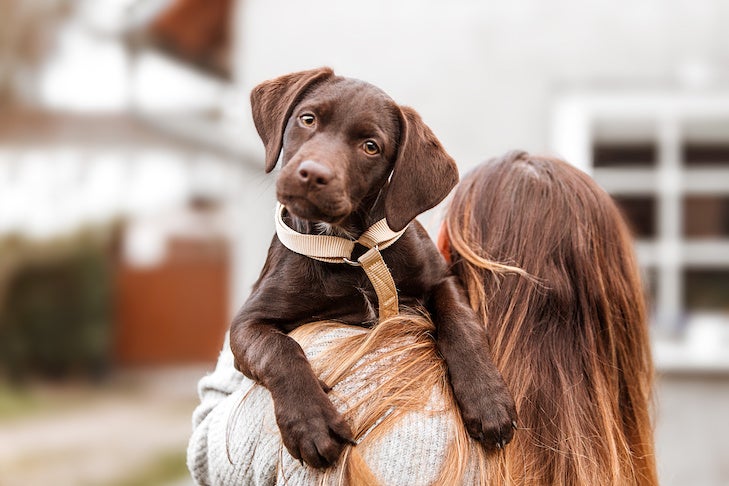
Grooming a short-haired dog typically involves several key steps. Follow this step-by-step guide to ensure a thorough and effective grooming session:
Brushing
Begin by brushing your dog's coat using a soft-bristled brush. Start at the head and work your way down, gently brushing in the direction of the hair growth. Pay close attention to areas where dirt or debris may accumulate, such as the belly, armpits, and paws.
Deshedding
Use a deshedding tool to remove excess undercoat and reduce shedding. Gently brush against the grain of the fur, taking care not to over-brush or irritate the skin.
Bathing
When it's time for a bath, use a dog-safe shampoo and warm water. Avoid getting water in your dog's ears, and be gentle when washing the face and sensitive areas. Rinse thoroughly to remove all traces of shampoo.
Drying
After the bath, use a clean, absorbent towel to gently dry your dog's coat. Avoid vigorously rubbing the fur, as this can cause static and leave the coat feeling rough.
Nail Trimming
Carefully trim your dog's nails using a pair of sharp, high-quality nail clippers. Be sure to avoid cutting the quick, which is the sensitive blood supply inside the nail.
Ear Cleaning
Gently clean your dog's ears using a veterinarian-approved ear cleaner and a soft, cotton ball. Avoid inserting anything too deep into the ear canal, as this can cause damage.
Final Grooming
Once your dog's coat is clean and dry, use a comb to remove any remaining tangles or loose hairs. This final step helps to distribute the natural oils and leave your dog's coat looking sleek and healthy.
Frequency of Grooming
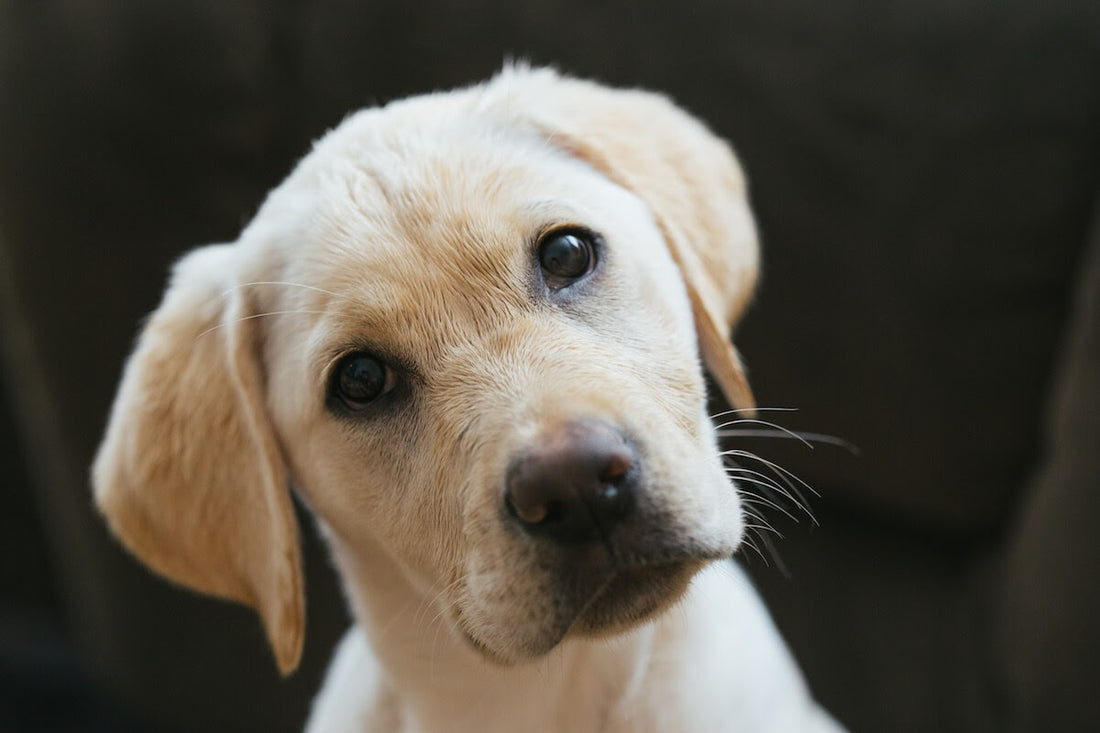
The frequency of grooming for a short-haired dog can vary depending on several factors, including:
Breed-Specific Needs
Different short-haired dog breeds may have different grooming requirements. For example, Labrador Retrievers may need more frequent brushing and bathing than Greyhounds.
Activity Level
Dogs that spend more time outdoors or engage in high-intensity activities may require more frequent grooming to remove dirt, debris, and excess hair.
Seasonal Changes
Short-haired dogs may shed more heavily during seasonal changes, such as the spring and fall. Adjusting the grooming routine to accommodate these periods can help manage shedding.
Individual Factors
Some short-haired dogs may have oilier skin or a tendency to accumulate more dirt and debris, necessitating more frequent grooming.
As a general guideline, most short-haired dogs should be brushed at least once a week and bathed every 4-6 weeks, depending on their activity level and individual needs.
Tips for Sensitive Skin
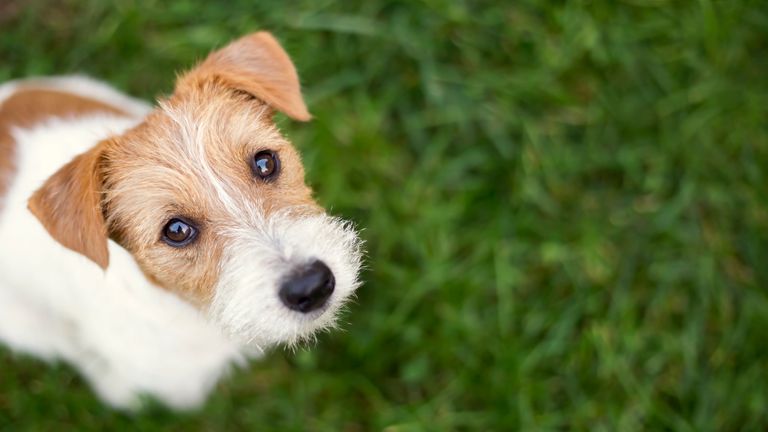
Some short-haired dogs may have sensitive skin, which requires special consideration during the grooming process. Here are some tips to help:
Choosing Gentle Products
Use dog-safe shampoos and conditioners that are formulated for sensitive skin. Avoid products with harsh chemicals, fragrances, or dyes that could irritate your dog's skin.
Adjusting Brushing Techniques
Be extra gentle when brushing a dog with sensitive skin. Avoid vigorous brushing or using a brush with stiff bristles, as this can cause discomfort or irritation.
Monitoring for Reactions
Closely observe your dog's skin during and after grooming sessions. If you notice any redness, itching, or other signs of irritation, discontinue the grooming process and consult your veterinarian.
Introducing New Products Gradually
When introducing a new grooming product, such as a shampoo or conditioner, do so gradually to allow your dog's skin to adapt. Start with a small amount and monitor for any adverse reactions.
Dealing with Shedding
:format(jpeg)/cdn.vox-cdn.com/uploads/chorus_image/image/46064224/8409370600_b4610104d6_o.0.0.jpg)
Shedding is a common concern for short-haired dog owners, as these breeds can often shed heavily, especially during seasonal changes. Here are some tips to help manage shedding:
Regular Brushing
Brush your short-haired dog regularly, using a deshedding tool to remove excess undercoat. This helps to minimize the amount of loose hair that ends up around your home.
Deshedding Shampoos
Use a deshedding shampoo formulated to help reduce shedding and promote a healthy, glossy coat.
Vacuuming and Grooming Frequently
Regularly vacuum your home and groom your dog to remove excess hair and keep it from accumulating.
Dietary Supplements
Consider adding a dietary supplement, such as omega-3 or omega-6 fatty acids, to your dog's diet, as these can help improve coat health and reduce shedding.
Common Grooming Mistakes to Avoid
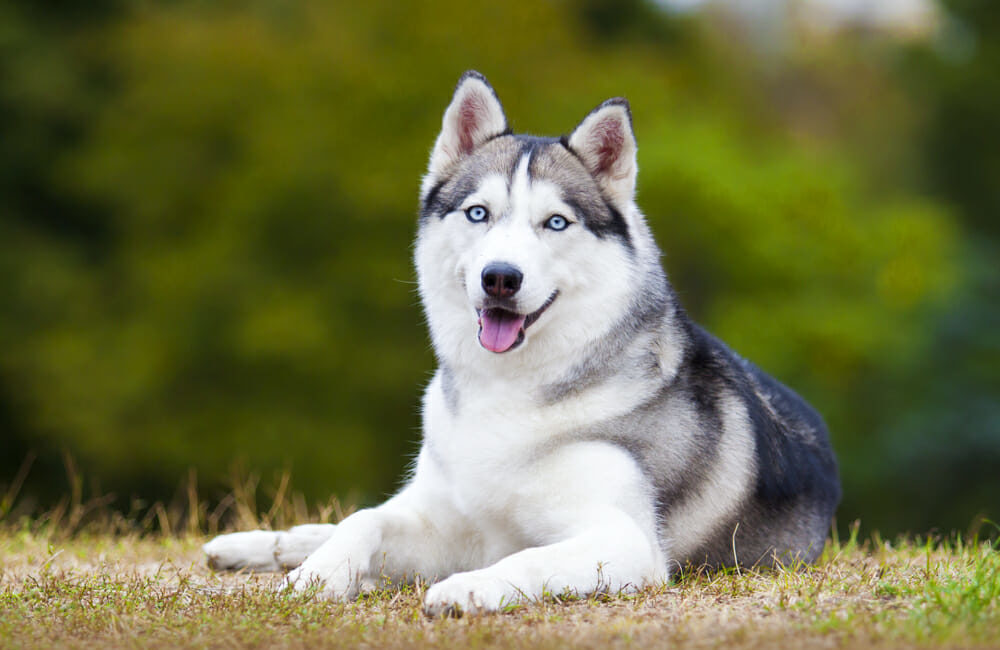
To ensure the best grooming experience for both you and your short-haired dog, it's important to avoid the following common mistakes:
Overbrushing
Excessive brushing can cause skin irritation and discomfort for your dog. Stick to the recommended brushing frequency for your dog's breed and coat type.
Using Improper Tools
Using the wrong grooming tools, such as a brush with stiff bristles or dull nail clippers, can be uncomfortable or even harmful for your dog.
Neglecting Nail Trimming
Failing to trim your dog's nails regularly can lead to discomfort, joint problems, and difficulty walking.
Harsh Bathing Techniques
Being too aggressive or using water that is too hot or cold can cause stress and skin irritation for your dog.
Ignoring Ear Health
Neglecting to clean your dog's ears can lead to the buildup of wax and debris, which can cause infections.
Professional Grooming Services
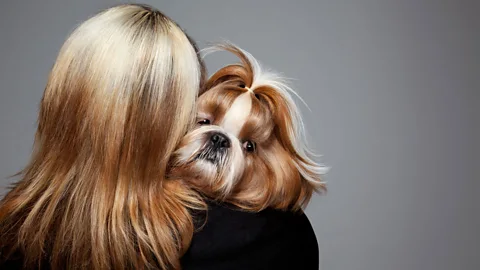
While grooming a short-haired dog can be done at home, there may be times when it's beneficial to seek the assistance of a professional groomer. Here are some reasons you might consider professional grooming services:
Specialized Expertise
Professional groomers have extensive training and experience in handling various dog breeds and coat types, ensuring a safe and effective grooming experience.
Access to Professional-Grade Tools
Groomers often have access to high-quality, professional-grade grooming tools that may not be readily available to the average pet owner.
Time-Saving
Professional groomers can often complete the grooming process more efficiently, saving you time and effort.
Grooming for Difficult-to-Groom Dogs
Short-haired dogs with sensitive skin, behavioral issues, or other special needs may benefit from the expertise and specialized techniques of a professional groomer.
DIY Grooming vs. Professional Grooming
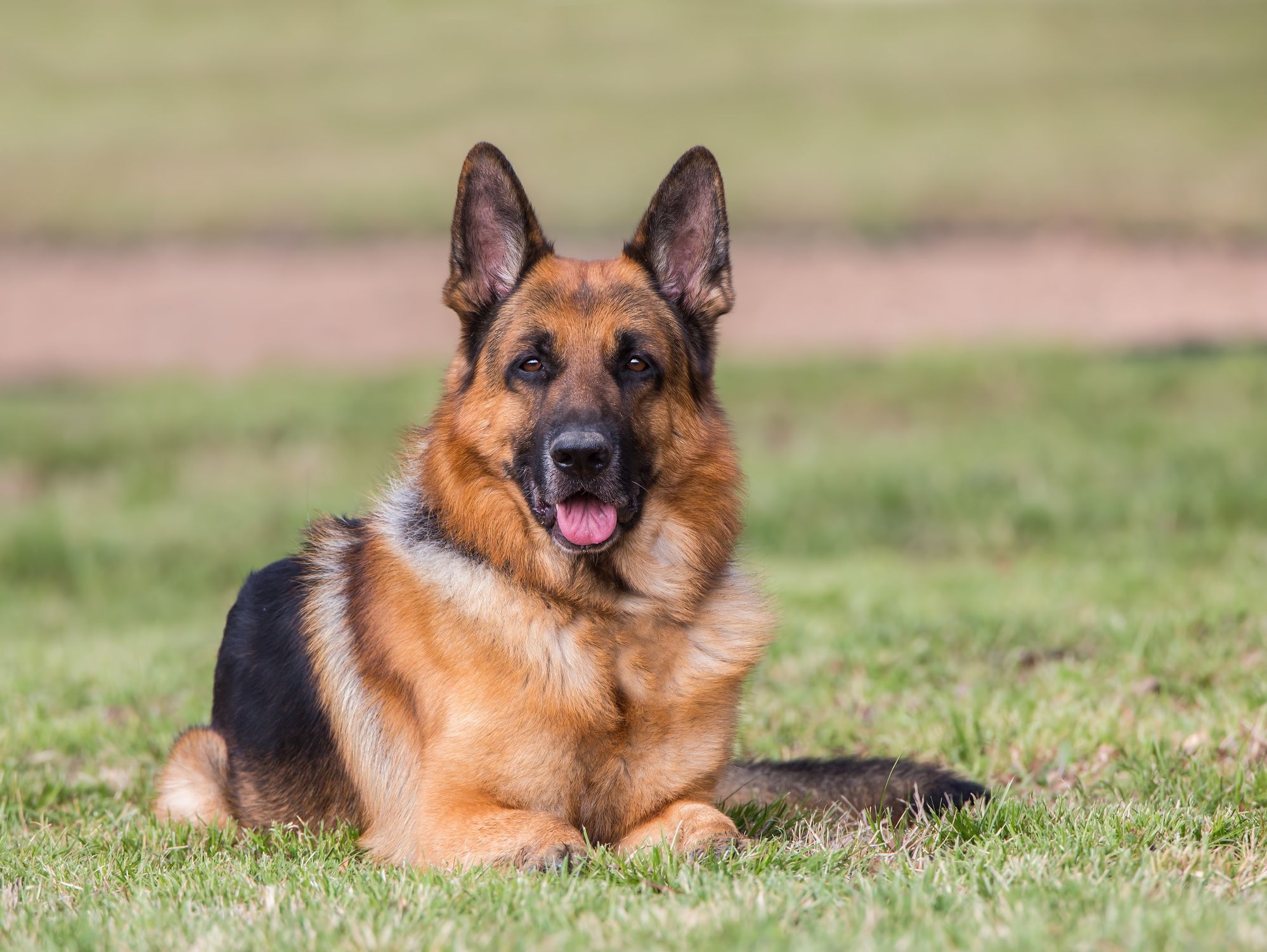
When it comes to grooming your short-haired dog, there are pros and cons to both DIY grooming and professional grooming services. Consider the following factors to determine the best approach for your furry friend:
Convenience
DIY grooming allows you to groom your dog on your own schedule, while professional grooming services may have more limited availability.
Cost
Grooming your dog at home can be more cost-effective, but professional services may be worth the investment for some owners.
Expertise
Professional groomers have specialized training and experience, which can be particularly beneficial for dogs with special needs or behavioral issues.
Bonding
Grooming your dog at home can be a great way to bond and build trust with your pet.
Time Commitment
Doing the grooming yourself can be more time-consuming, while professional services may save you time and effort.
Benefits of Regular Grooming
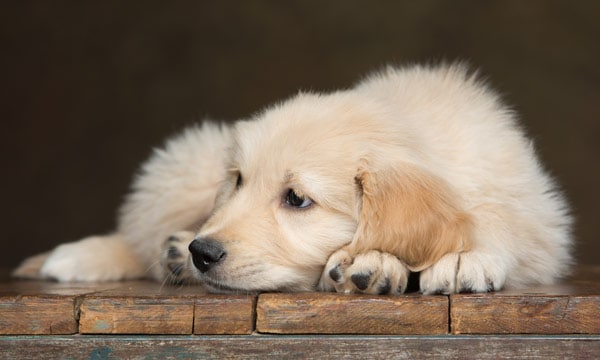
Regular grooming offers numerous benefits for short-haired dogs, including:
Improved Hygiene
Brushing and bathing remove loose hair, dirt, and debris, keeping your dog's coat clean and hygienic.
Reduced Shedding
Regular brushing helps remove dead hair before it can fall out, reducing shedding around your home.
Preventing Skin Problems
Grooming promotes good blood circulation, which can help prevent skin problems such as dandruff, dryness, or irritation.
Early Detection of Health Issues
Regular grooming provides an opportunity to check your dog's skin, ears, and nails for any abnormalities or signs of health issues.
Bonding Time
Grooming sessions can be a relaxing and enjoyable way to bond with your furry friend.
Conclusion
Grooming a short-haired dog may seem like a straightforward task, but it's essential to approach it with the right knowledge and techniques to ensure your furry friend's overall health and well-being. By following the steps outlined in this comprehensive guide, you can effectively groom your short-haired dog, manage shedding, and maintain a healthy, clean coat. Remember to tailor your grooming routine to your dog's individual needs and seek professional assistance when necessary. With the right approach, you can keep your short-haired dog looking and feeling their best.


